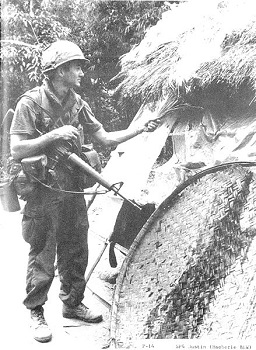
American War Crimes And Crimes Against Humanity: In one of the most horrific incidents of violence against civilians during the Vietnam War, a company of American soldiers brutally killed the majority of the population of the South Vietnamese hamlet of My Lai in March 1968. Though exact numbers remain unconfirmed, it is believed that as many as 500 people including women, children and the elderly were killed in the My Lai Massacre.. Higher-ranking U.S. Army officers managed to cover up the events of that day for a year before revelations by a soldier who had heard of the massacre sparked a wave of international outrage and led to a special investigation into the matter. In 1970, a U.S. Army board charged 14 officers of crimes related to the events at My Lai; only one was convicted. The brutality of the My Lai killings and the extent of the cover-up exacerbated growing antiwar sentiment on the home front in the United States and further divided the nation over the continuing American presence in Vietnam.
MASSACRE AT MY LAI
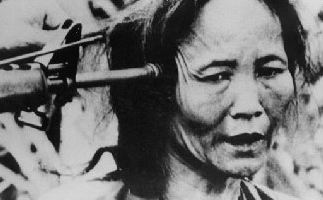 The My Lai hamlet, part of the village of Son My, was located in Quang Ngai province, which was believed to be a stronghold of the National Liberation Front (NLF) or Viet Cong (VC) and was a frequent target of U.S. and South Vietnamese bombing attacks. In March 1968, Charlie Company of the Americal Division’s 11th Infantry Brigade received word that VC guerrillas had taken control of Son My. Led by Lieutenant William L. Calley, the unit was sent to the village on a search-and-destroy mission on March 16. At the time, morale among U.S. soldiers on the ground was dwindling, especially in the wake of the North Vietnamese-led Tet Offensive, which was launched on January 31 1968. Charlie Company had lost some 28 of its members to death or injuries, and was down to just over 100 men.
The My Lai hamlet, part of the village of Son My, was located in Quang Ngai province, which was believed to be a stronghold of the National Liberation Front (NLF) or Viet Cong (VC) and was a frequent target of U.S. and South Vietnamese bombing attacks. In March 1968, Charlie Company of the Americal Division’s 11th Infantry Brigade received word that VC guerrillas had taken control of Son My. Led by Lieutenant William L. Calley, the unit was sent to the village on a search-and-destroy mission on March 16. At the time, morale among U.S. soldiers on the ground was dwindling, especially in the wake of the North Vietnamese-led Tet Offensive, which was launched on January 31 1968. Charlie Company had lost some 28 of its members to death or injuries, and was down to just over 100 men.
Army commanders had advised the soldiers of Charlie Company that all who were found in Son My could be considered VC or active VC sympathizers, and ordered them to destroy the village. When they arrived, the soldiers found no Viet Cong, but rounded up and murdered hundreds of civilians–mostly women, children and old men–in an extremely brutal fashion, including rape and torture. Calley was reported to have dragged dozens of people, including young children, into a ditch before executing them with a machine gun. Not a single shot was fired against the men of Charlie Company at My Lai.
COVER-UP OF THE MY LAI MASSACRE
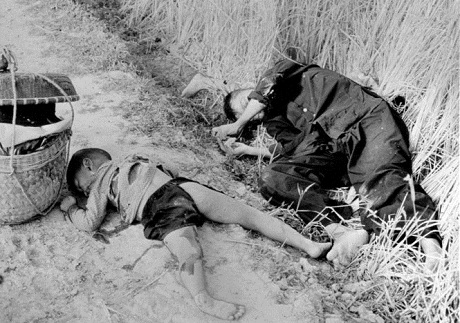 The My Lai massacre reportedly ended only after Warrant Officer Hugh Thompson, an Army helicopter pilot on a reconnaissance mission, landed his aircraft between the soldiers and the retreating villagers and threatened to open fire if they continued their attacks. Knowing news of the massacre would cause a scandal, officers higher up in command of Charlie Company and the 11th Brigade immediately made efforts to downplay the bloodshed. The coverup continued until Ron Ridenhour, a soldier in the 11th Brigade who had heard reports of the massacre but had not participated, began a campaign to bring the events to light. After writing letters to President Richard Nixon, the Pentagon, State Department, Joint Chiefs of Staff and several congressmen, with no response, Ridenhour finally gave an interview to the investigative journalist Seymour Hersh, who broke the story in November 1969.
The My Lai massacre reportedly ended only after Warrant Officer Hugh Thompson, an Army helicopter pilot on a reconnaissance mission, landed his aircraft between the soldiers and the retreating villagers and threatened to open fire if they continued their attacks. Knowing news of the massacre would cause a scandal, officers higher up in command of Charlie Company and the 11th Brigade immediately made efforts to downplay the bloodshed. The coverup continued until Ron Ridenhour, a soldier in the 11th Brigade who had heard reports of the massacre but had not participated, began a campaign to bring the events to light. After writing letters to President Richard Nixon, the Pentagon, State Department, Joint Chiefs of Staff and several congressmen, with no response, Ridenhour finally gave an interview to the investigative journalist Seymour Hersh, who broke the story in November 1969.
Amid the international uproar that followed Ridenhour’s revelations, the U.S. Army ordered a special investigation into the My Lai massacre and subsequent efforts to cover it up. The inquiry, headed by Lieutenant General William Peers, released its report in March 1970 and recommended that no fewer than 28 officers be charged for their involvement in covering up the massacre. The Army would later charge only 14, including Calley, Captain Ernest Medina and Colonel Oran Henderson, with crimes related to the events at My Lai; all were acquitted except for Calley, who was found guilty of premeditated murder for ordering the shootings, despite his contention that he was only following orders from his commanding officer, Captain Medina. In March 1971, Calley was given a life sentence for his role in directing the killings at My Lai. Many saw Calley as a scapegoat, and his sentence was reduced upon appeal to 20 years and later to 10; he was paroled in 1974.
IMPACT OF MY LAI
By the early 1970s, the American war effort in Vietnam was winding down, as the administration of Richard Nixon continued policies of “Vietnamization” of the war, including the withdrawal of troops and the transfer of control over ground operations to the South Vietnamese. Among the American troops still in Vietnam, morale was low, and anger and frustration were high. Drug use increased among soldiers, and an official report in 1971 estimated that one-third or more of U.S. troops were addicted.
The revelations of the My Lai massacre caused morale to plummet even further, as GIs wondered what other atrocities their superiors were concealing. On the home front in the United States, the brutality of the My Lai massacre and the efforts made by higher-ranking officers to conceal it exacerbated antiwar sentiment and increased the bitter divide among the population regarding the continuing U.S. presence in Vietnam.
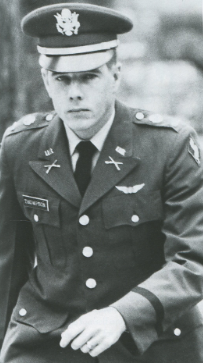
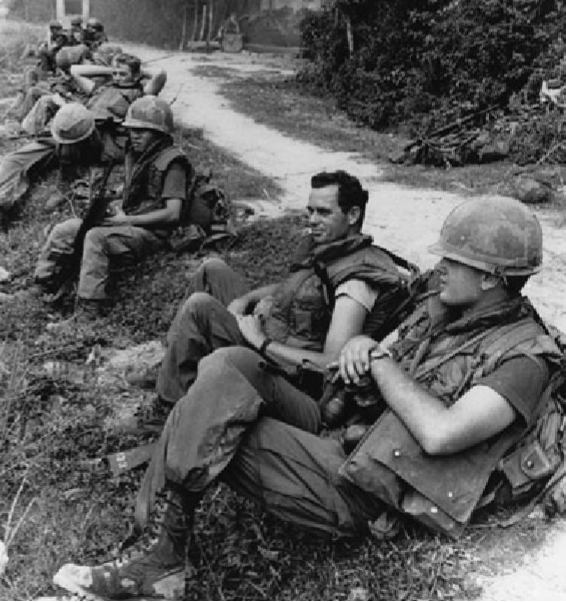
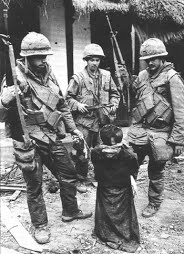
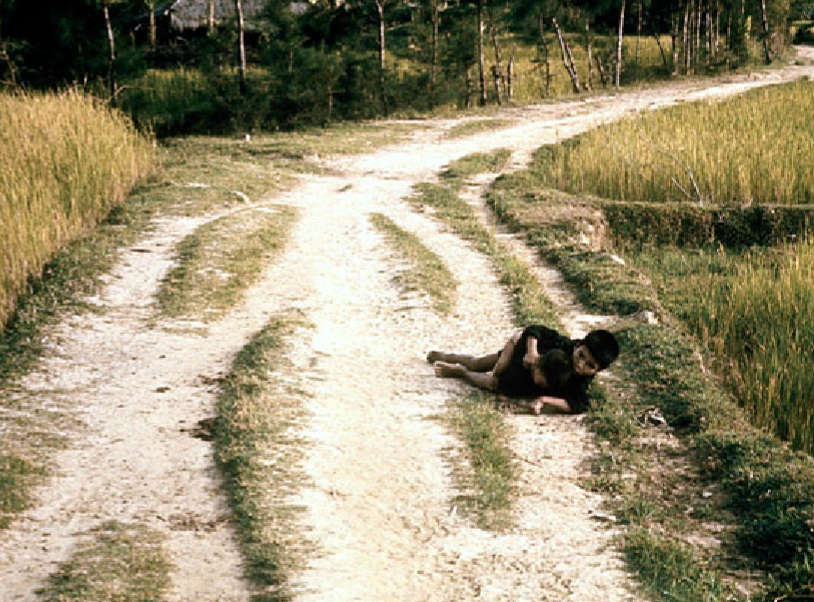
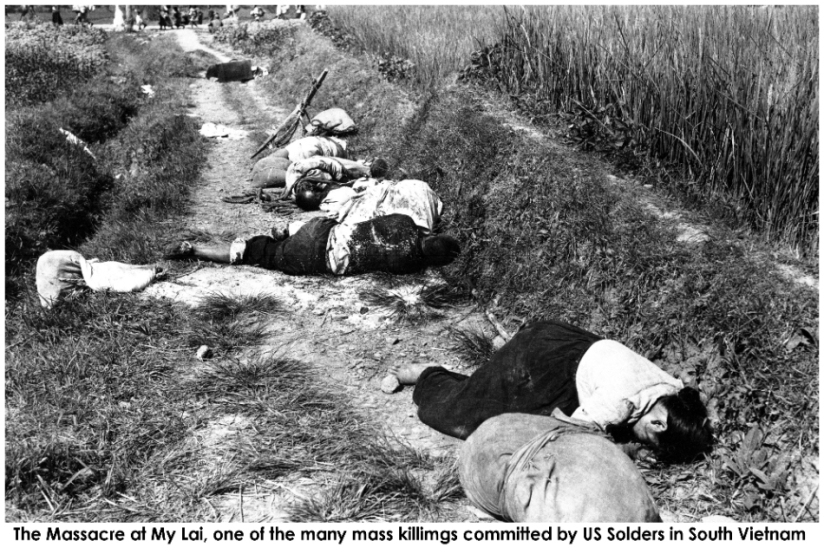
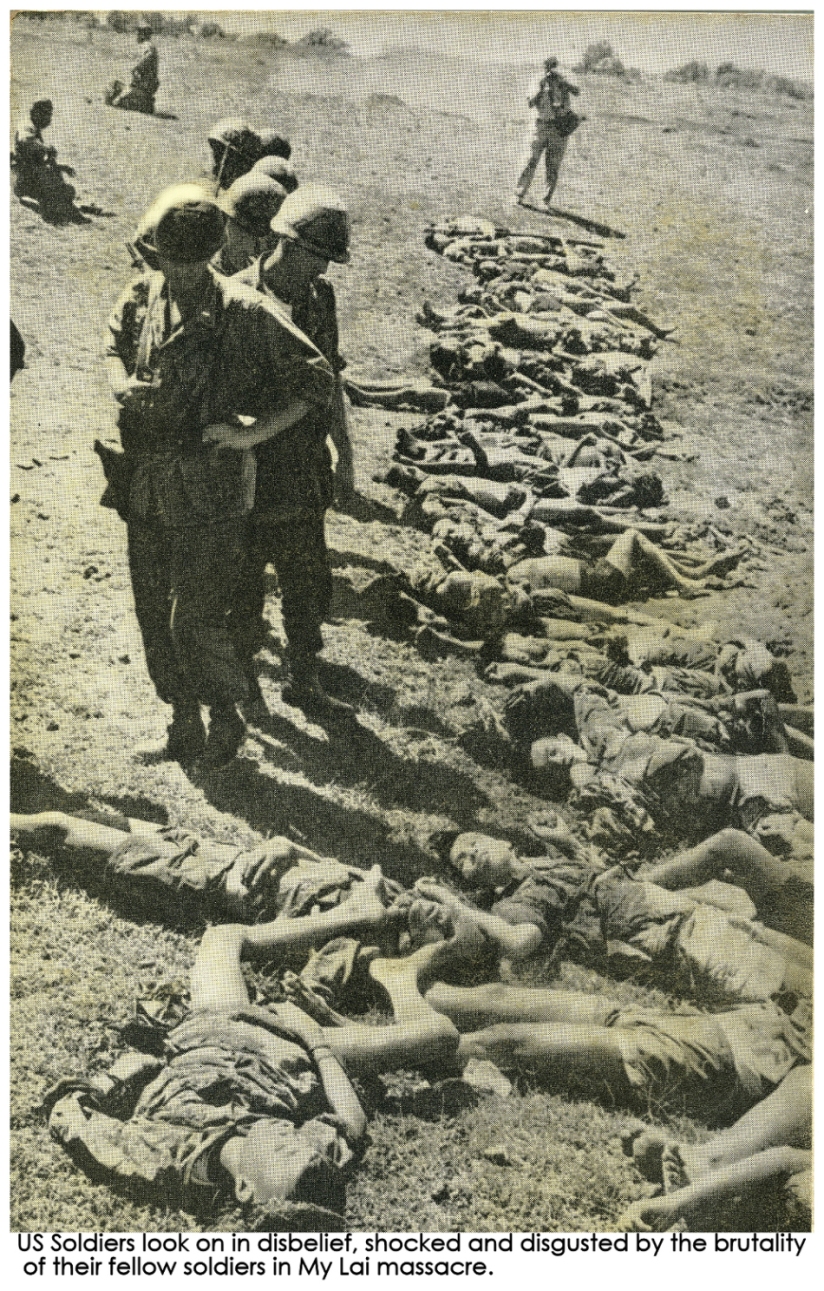
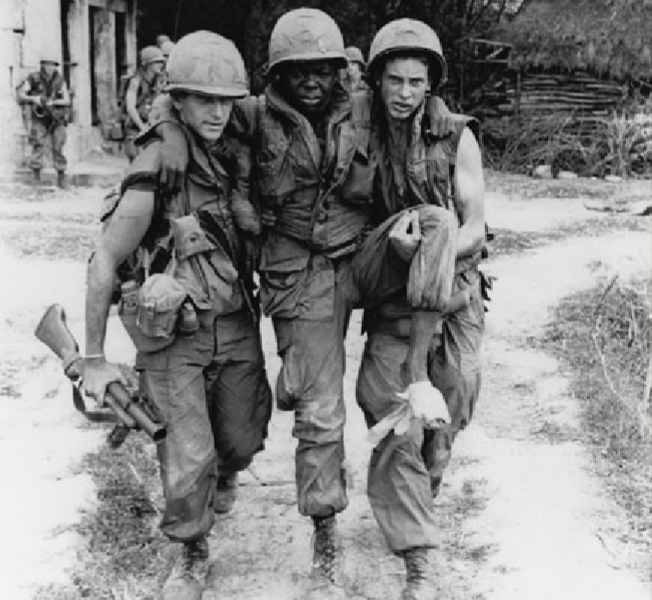
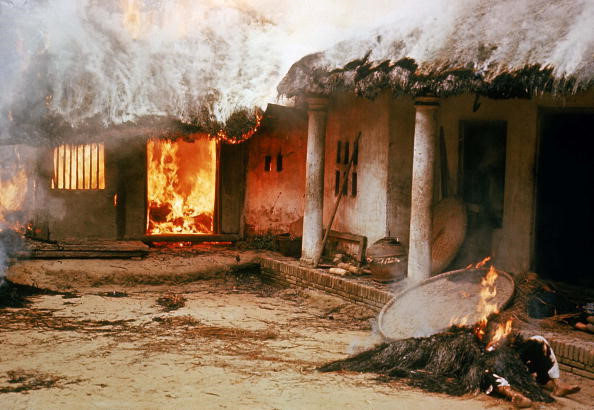
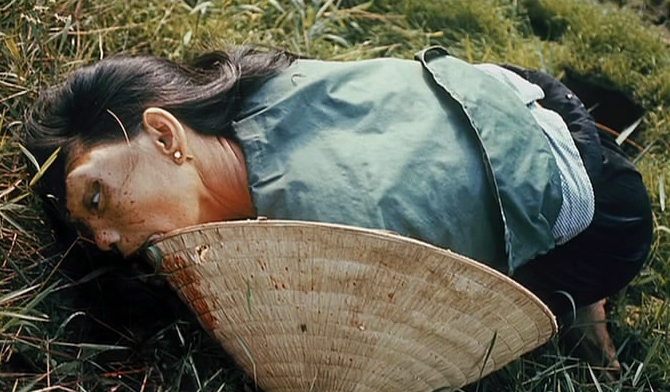
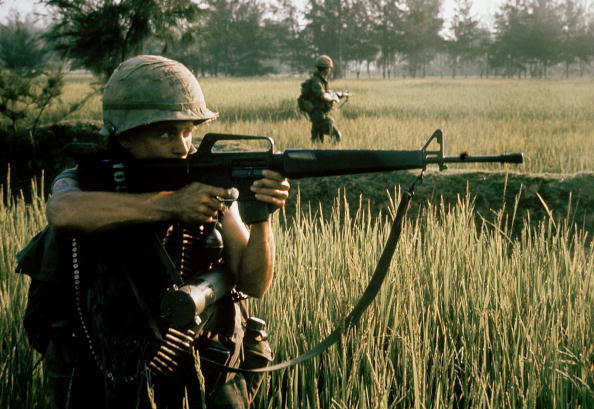
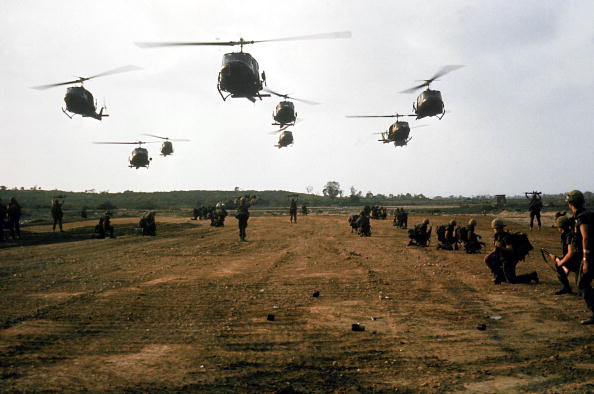

- Young boy and mother lay dead after being shot in the head and chest by US soldiers
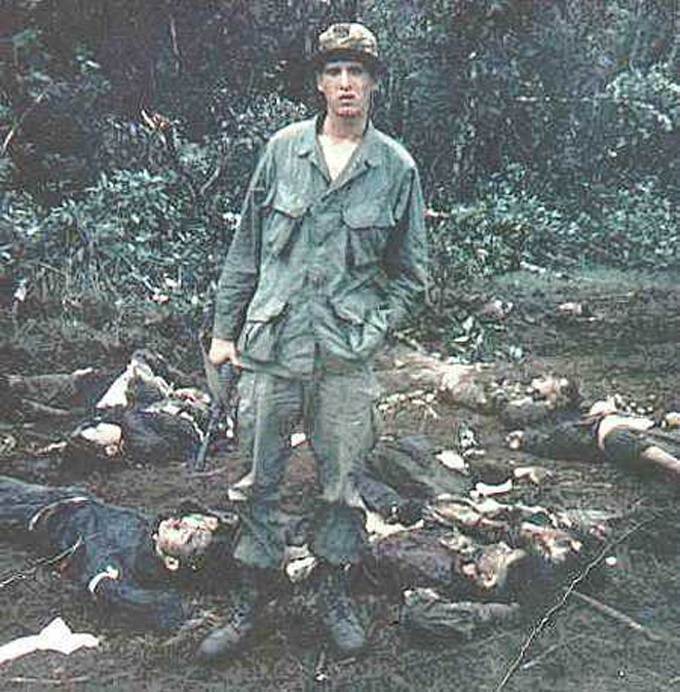
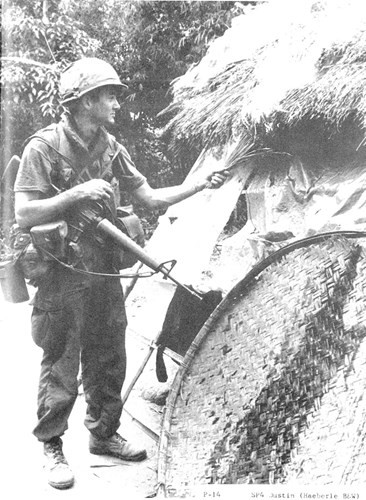

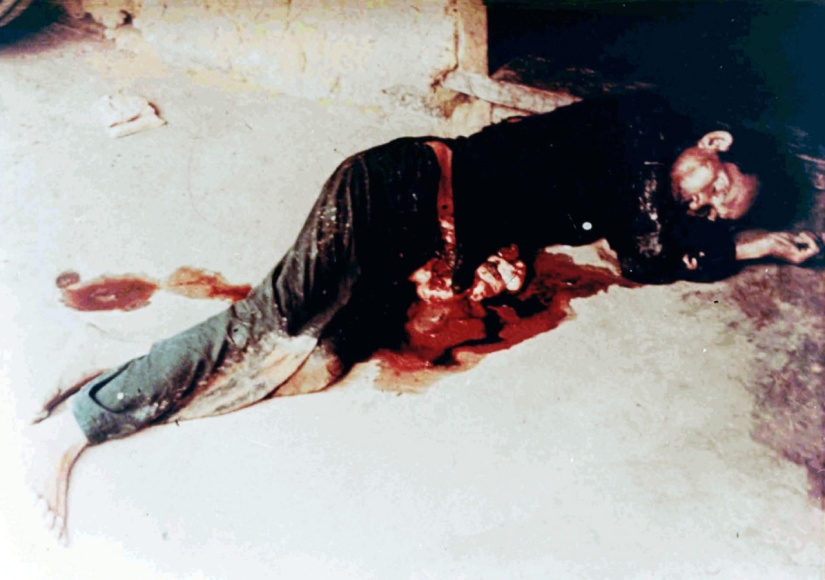
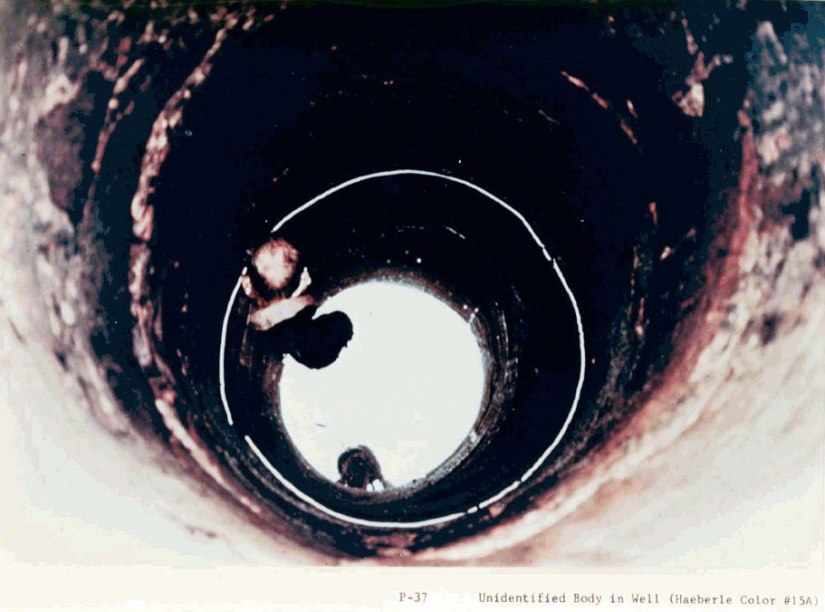
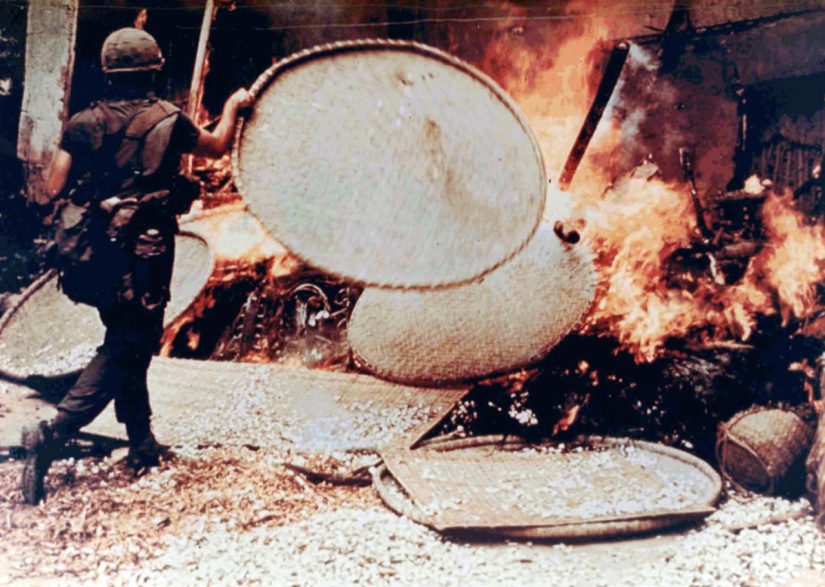
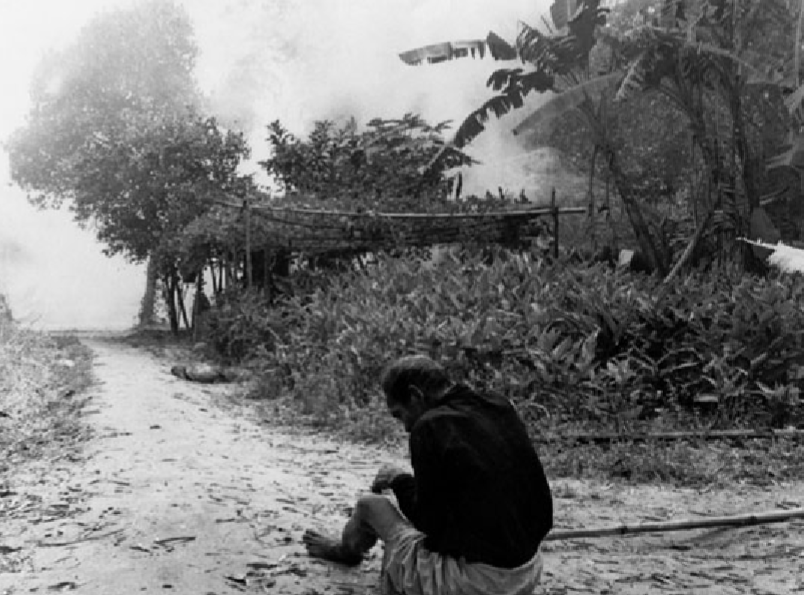
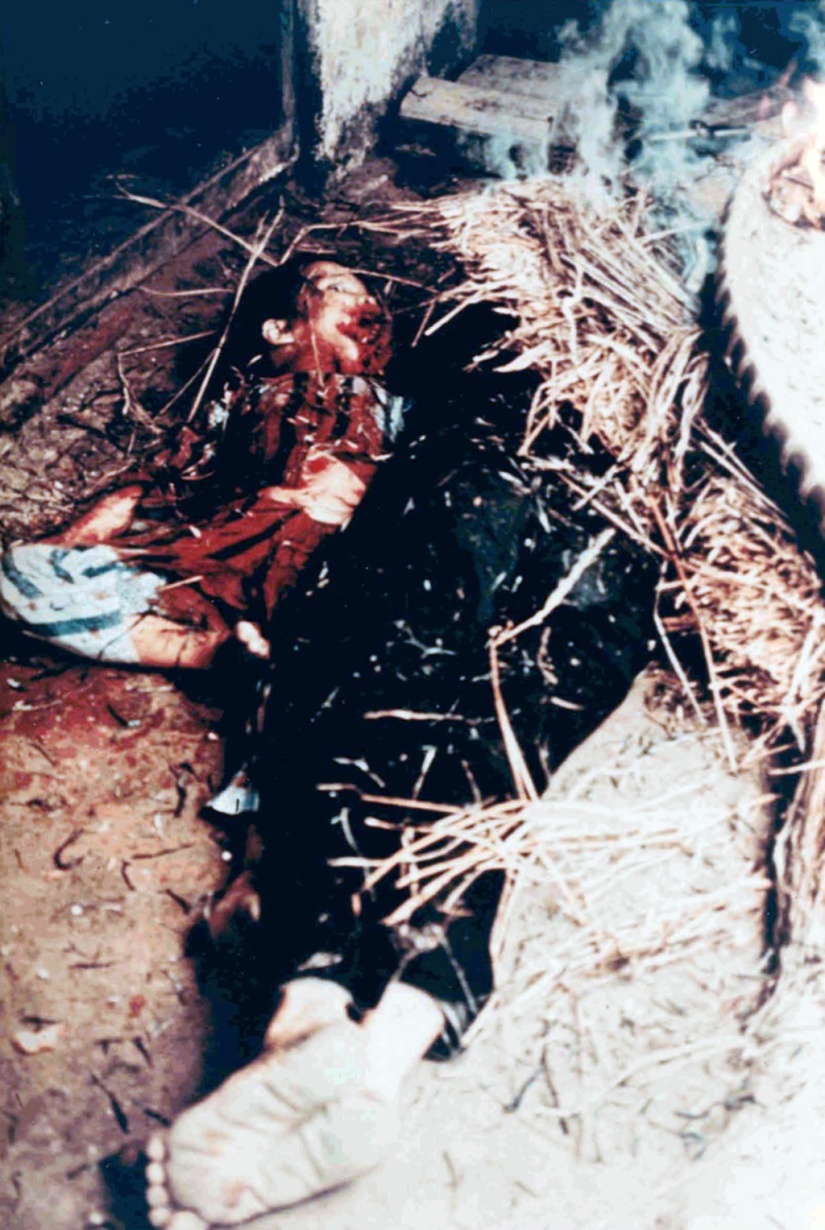



2 thoughts on “My Lai Massacre”